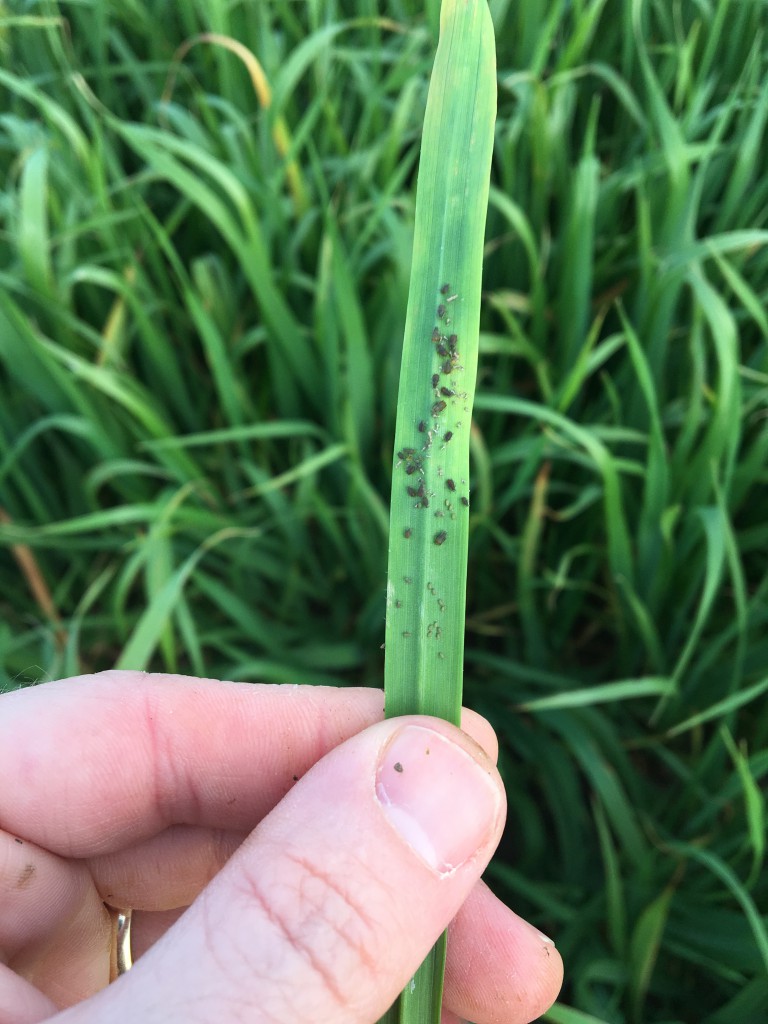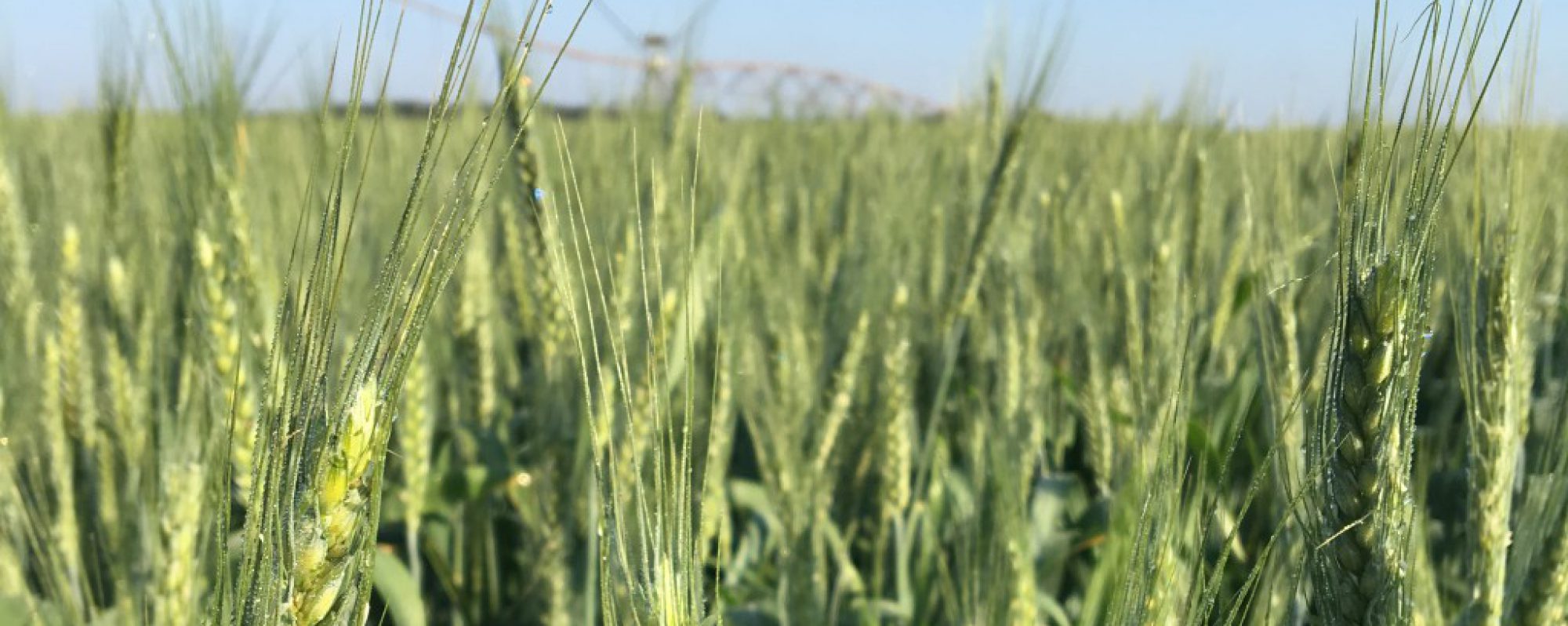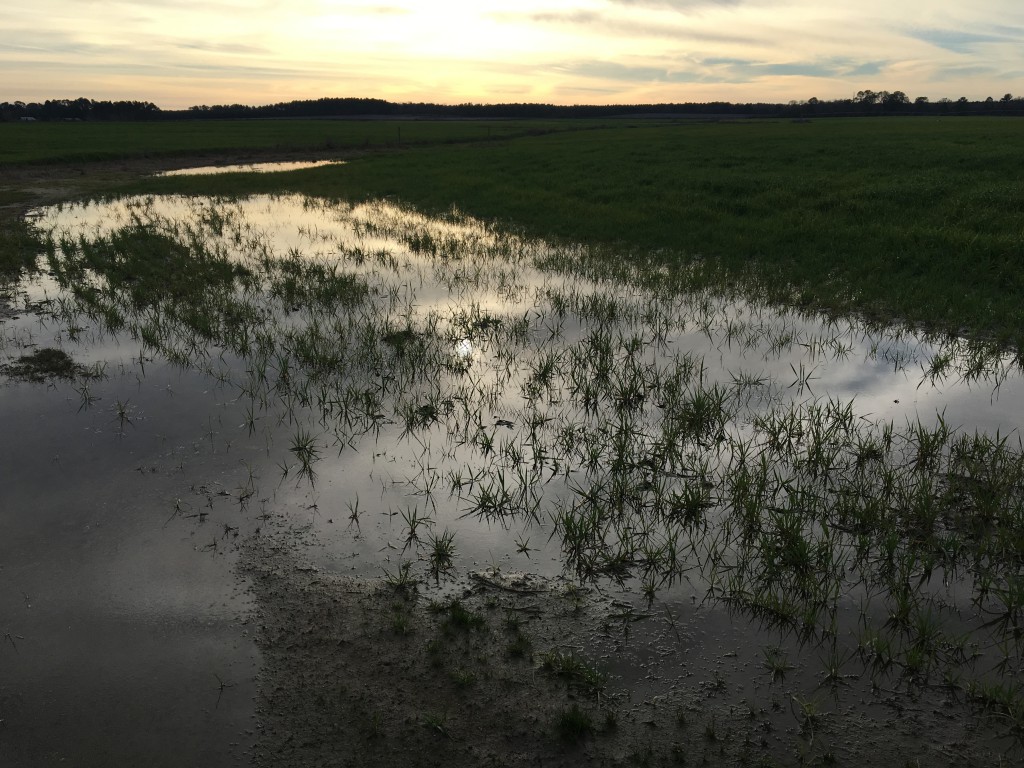
We’ve been looking at some oats this week, and they are struggling quite a bit. This time last year they were twice as tall in the field. Our biggest issue now, of course, is the rain. After 6 inches of rain in Pineview last weekend, we still have water on the field edges. Even with a dry few days and sunlight, cows cannot get into the pastures yet. These oats were planted in earlier October, which is ideal. This gives us time to establish for the winter. Due to rain and cold, it appears they are struggling now. I think we are seeing issues from cold damage, nutrient, moisture stress and/or BYD.
Cold Injury
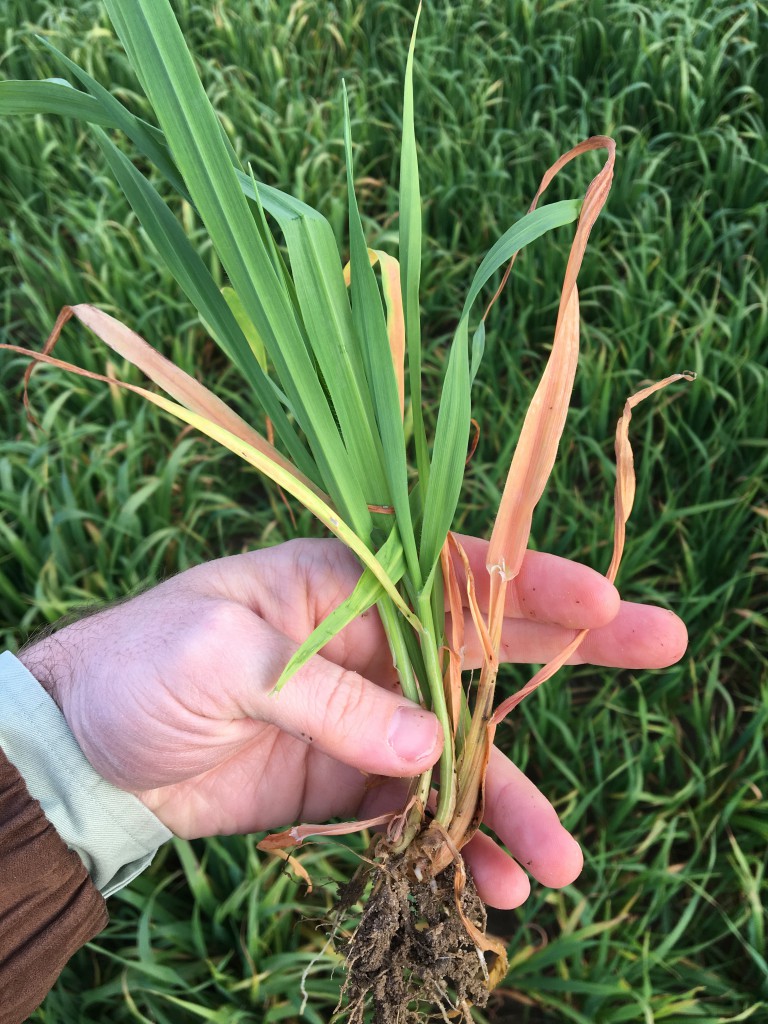
Oats are pretty susceptible to cold injury, and it appears we have some cold injury right now. What I’m seeing in the field is older, lower leaves turning off-color. They are kind of purple, but not dark in color. Sometimes when it gets cold, anthocyanins collect in the plant causing these colors. Other times, the purple is a result of phospohorus deficiency. Because P doesn’t move in the soil, it is picked up by ‘root interception.’ The root essentially grows and contacts the P in the soil. When temperatures drop and root growth slows, deficiency occurs.
The below image shows leaf tips ‘burned’ or bleaching. You can see this across much of the field and also in patches. The patchiness can be result of soil type, soil moisture, crop nutrition, crop density, etc.
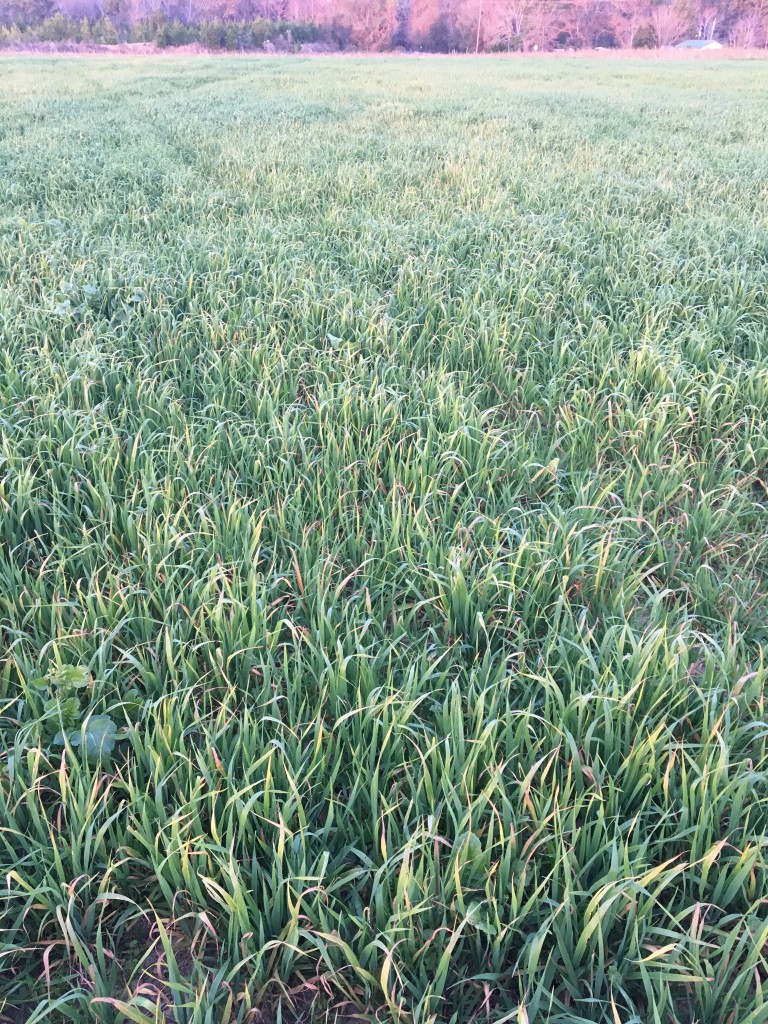
Barley Yellow Dwarf Virus???
This purpling symptom can be caused by a virus we call BYD. I spoke with UGA Extension Entomologist Dr. David Buntin earlier today, and it appears BYD is showing up more across the state. It’s not bad, but more than last year. This is a virus of cereal crops vectored by an aphid, particularly the bird-cherry oat aphid. Generally, BYD is going to be present every year in some fields or parts of fields. But in some years not so much.
To confirm the virus, we have to let the lab run a test for virus. We sent off samples today, so hopefully we’ll know next week. I’ve had a good bit of experience with this virus in Southwest GA, and I do think some of what we are seeing if from BYD. There essentially is nothing we can do once the virus infects. Here is a few points following severe infection:
- If oats are highly infected, likely an insecticide will not be of any benefit.
- If oats do not appear infected with BYD, and aphids are present, and insecticide will be of benefit.
- If oats do not appear infected with BYD and aphids are not present, scout field for aphids.
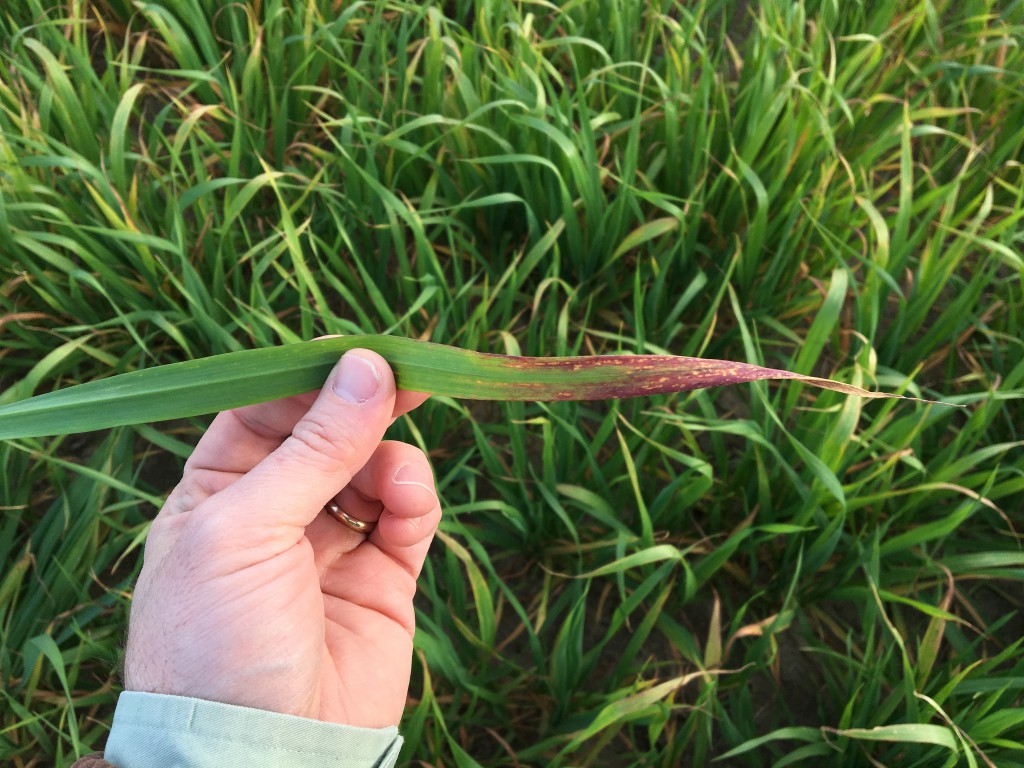
The single most important factor in managing BYD is planting date. The earlier we plant, the more active are the aphids. The issue with winter grazing is that we have to plant early to get it established for grazing. It’s a catch-22. If we get cold, aphids are less active. A good freeze can kill them off, and they have to start over. If aphids populations are high, they tend to congregate low to the ground and some will survive hard freeze. Oats are most susceptible to BYD than any small grain.
